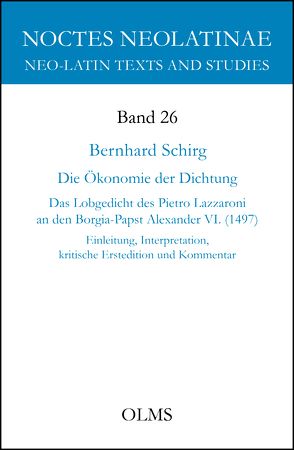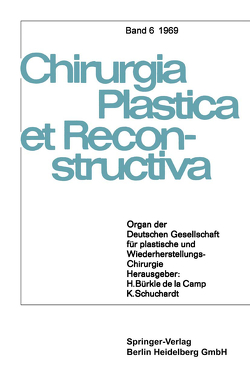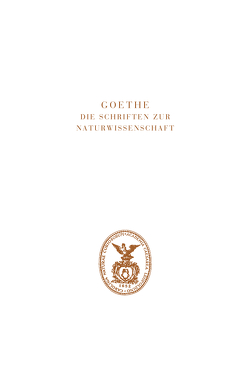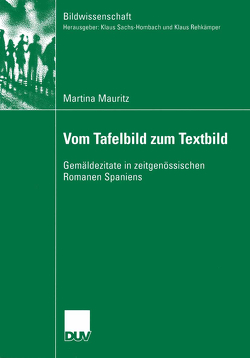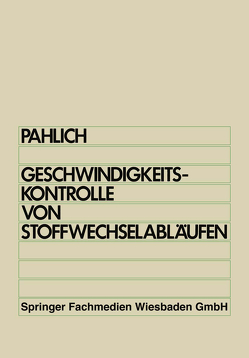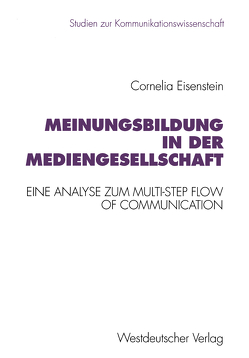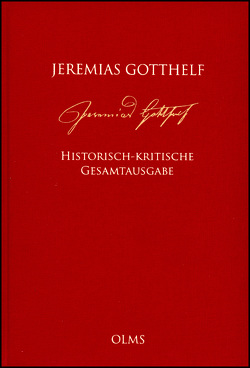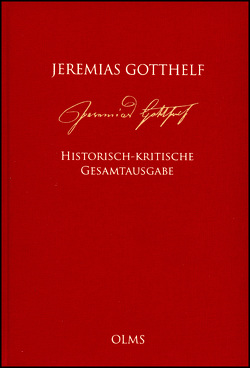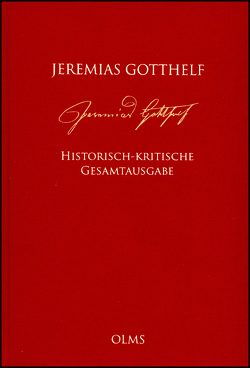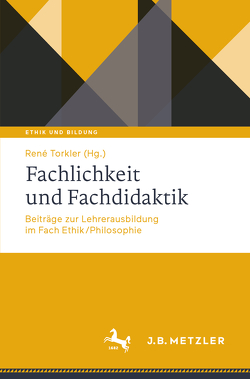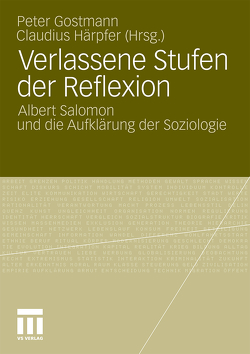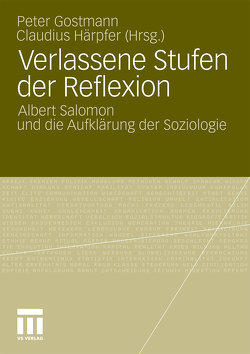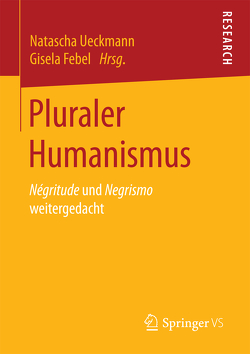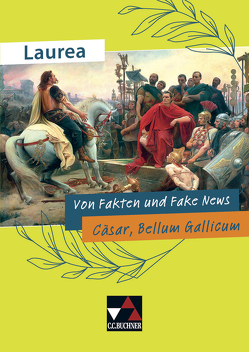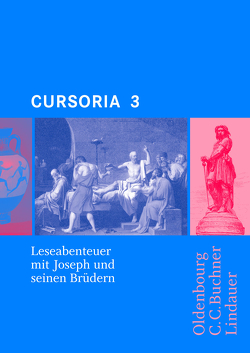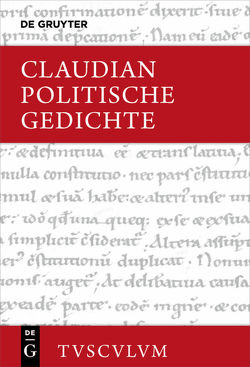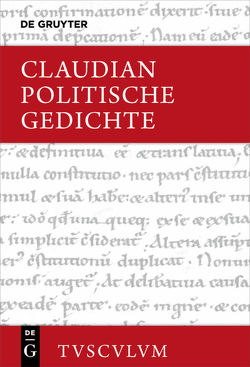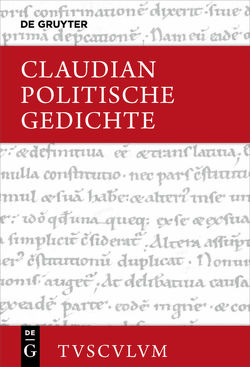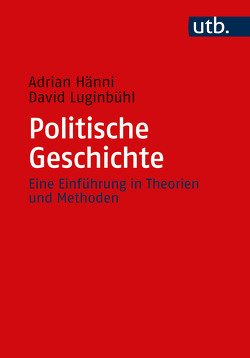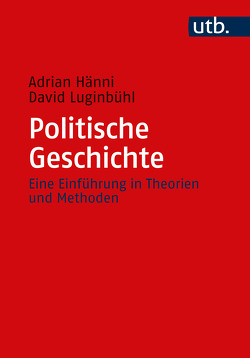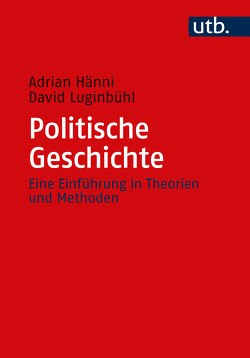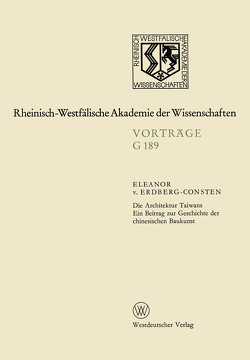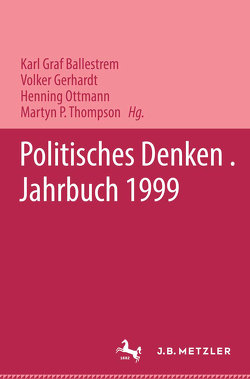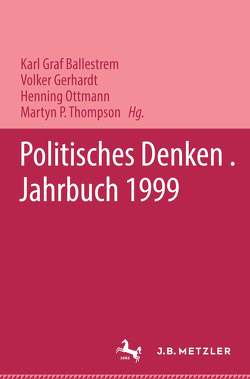Die Ökonomie der Dichtung
Das Lobgedicht des Pietro Lazzaroni an den Borgia-Papst Alexander VI. (1497). Einleitung, Interpretation, kritische Erstedition und Kommentar.
Bernhard Schirg
Der an der Universität von Pavia lehrende Rhetorikprofessor Pietro Lazzaroni (ca.1420 – ca.1500) zählt zu den produktivsten Autoren neulateinischer Lobgedichte der italienischen Renaissance. Im Zentrum dieser Studie steht sein umfangreichstes Gedicht, das er 1497 dem berüchtigten Borgia-Papst Alexander VI. (1492 – 1503) widmete. Eine kritische Edition und ein ausführlicher Kommentar machen den bisher unerforschten Text erstmals zugänglich. Eine archivbasierte Analyse des historischen Kontexts beleuchtet die Rolle, die dem Gedicht als Präsent im angespannten Verhältnis zwischen dem Herzogtum Mailand und Rom zukam. Zugleich wird rekonstruiert, wie Lazzaroni das Werk 1497 in Rekordzeit vollendete, damit sein oberster Dienstherr Ludovico Sforza es im angestrebten Widmungskontext platzieren konnte. Welche Methoden effizienter Textproduktion wendete der Routinier an, um mehr als 2100 Hexameter rechtzeitig zu liefern? Wie verhalten sich Text und Codex zu Lazzaronis 35 früher gewidmeten Gedichtpräsenten? Die Arbeit stellt die Frage nach der ‚Ökonomie der Dichtung‘ und eröffnet damit eine neue Perspektive auf die Praxis panegyrischer Textproduktion.****************Pietro Lazzaroni (ca. 1420-ca. 1500), Professor of Rhetoric at the University of Pavia, was one of the most prolific authors of neo-Latin panegyrics in the Italian Renaissance. The focus of this study is his longest poem, which he dedicated in 1497 to the notorious Borgia Pope Alexander VI (1492-1503). A critical edition and a detailed commentary make this previously unresearched poem accessible for the first time. An archive-based analysis of its historical context sheds light on the role which the poem gained as a gift in the tense relationship between the Duchy of Milan and Rome. The study also reconstructs how Lazzaroni completed the work in record time in 1497 so that his master Ludovico Sforza could place it in the desired context of the dedication. What methods of efficient text production did the old hand use to deliver more that 2100 in time? How are the text and codex related to Lazzaroni’s 35 earlier dedicatory gift-poems? This study examines the question of the ‘economy of poetry’, opening up new perspectives on the practice of producing panegyric texts.
